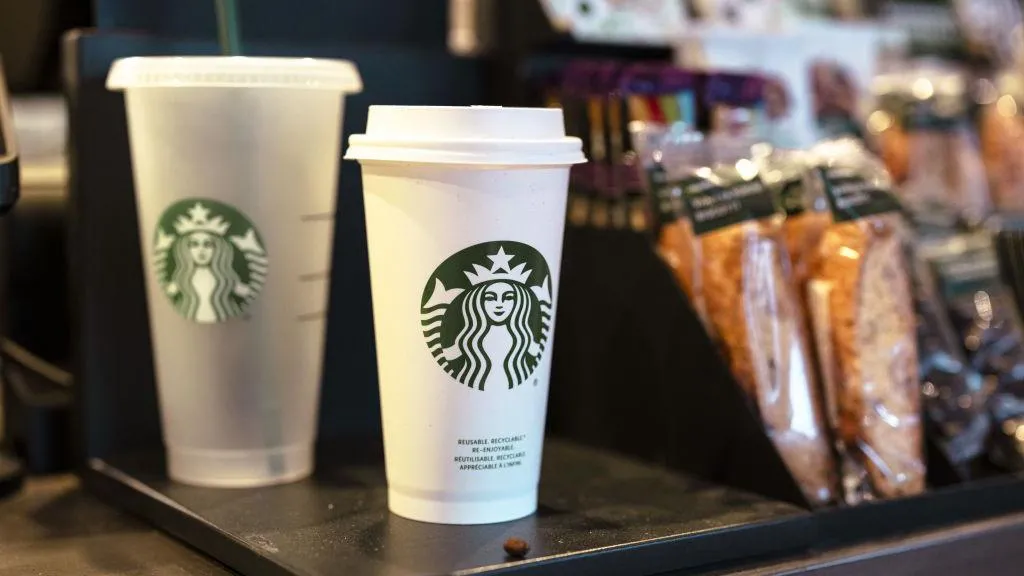For years, Starbucks has been known for its expansive and customisable menu, offering everything from classic espresso drinks to elaborate Frappuccinos. However, change is brewing at the coffee giant. In a bid to enhance efficiency and reignite customer satisfaction, Starbucks is embarking on a major overhaul, cutting down its menu offerings and streamlining operations.
The restructuring is part of the company’s broader “Back to Starbucks” initiative, a strategic move aimed at focusing on core products, reducing wait times, and improving overall service quality. On March 4, the company will officially retire 13 drinks, including the Royal English Breakfast Latte, White Hot Chocolate, and several variations of blended Frappuccinos. According to Starbucks, these drinks were either infrequently ordered, challenging to prepare, or closely resembled existing beverages on the menu.
A Return to Its Roots
The decision to trim the menu aligns with CEO Brian Niccol’s vision of bringing Starbucks back to its foundational identity as a premier coffeehouse. Niccol, who previously led Chipotle, stepped into his role at Starbucks last year with the objective of revitalising the brand. He quickly identified an overcomplicated menu as a hurdle to customer experience and operational efficiency. By simplifying its offerings, Starbucks hopes to create a more seamless and enjoyable experience for customers while easing the workload for baristas.
“By focusing on fewer, more popular items, we aim to execute with excellence,” a Starbucks spokesperson said. “This will create space for future innovation, reduce wait times, and improve quality and consistency.”
The Drinks Getting the Cut
While some customers may be disappointed to see their favourite beverages disappear, Starbucks is offering alternatives that closely resemble the eliminated drinks. Here’s a look at some of the items being phased out and their recommended replacements:
- Iced Matcha Lemonade → Try the Green Tea Lemonade for a similar citrussy taste.
- Espresso Frappuccino, Caffè Vanilla Frappuccino → The Coffee Frappuccino remains an option and can be customised.
- White Chocolate Mocha Frappuccino → Mocha Frappuccino is a recommended alternative.
- Java Chip Frappuccino → Mocha Cookie Crumble Frappuccino offers a comparable experience.
- Chai Crème Frappuccino, Caramel Ribbon Crunch Crème Frappuccino, and others → Vanilla Bean Frappuccino can be modified to match these flavours.
- White Hot Chocolate → Standard Hot Chocolate with Mocha or White Chocolate Mocha sauce is suggested.
- Royal English Breakfast Latte → London Fog Latte is a suitable substitute.
- Honey Almondmilk Flat White → The classic Flat White remains on the menu and can be customised with nondairy milk.
A Shift from Customization to Efficiency
One of the hallmarks of Starbucks’ appeal has been its customisation options, allowing customers to tweak their drinks to their liking. However, the company is now scaling back some modifications available through its app and website. This move is intended to streamline ordering and ensure that baristas can prepare drinks more efficiently, reducing customer wait times and enhancing service speed.
Niccol’s strategy extends beyond the menu reduction. Several other policy changes have been implemented since he took the helm, including limits on digital orders, a return of condiment bars, the reintroduction of free refills, and even a shift back to traditional Sharpie-written names on cups. These changes signify Starbucks’ effort to reconnect with its core values and provide an enhanced in-store experience for customers.


Corporate Job Cuts Amid Market Challenges
Alongside its menu overhaul, Starbucks has announced the elimination of 1,100 corporate jobs, primarily affecting support partner roles. The company has assured that these job cuts will not impact store employees or investments in its physical locations. The restructuring aims to streamline corporate functions, increase accountability, and foster better integration across the company.
Starbucks’ decision to revamp its operations comes at a critical time. The brand has faced declining sales, with transactions at U.S. stores open for over a year dropping significantly in the last quarter. Additionally, the company has had to navigate challenges such as rising operational costs, unionisation efforts among baristas, and public scrutiny over social and political issues, including debates surrounding the Israel-Gaza conflict.
Looking Ahead: What’s Next for Starbucks?
Despite these hurdles, Starbucks remains committed to long-term growth. By late 2025, the company plans to cut nearly 30% of its food and drink options, making room for new innovations that align with its renewed focus on quality coffee and streamlined service.
The coming months will reveal whether this strategy succeeds in reinvigorating Starbucks’ brand and customer loyalty. For now, regulars may want to check their favourite drinks before their next visit—some of them may not be around much longer.

